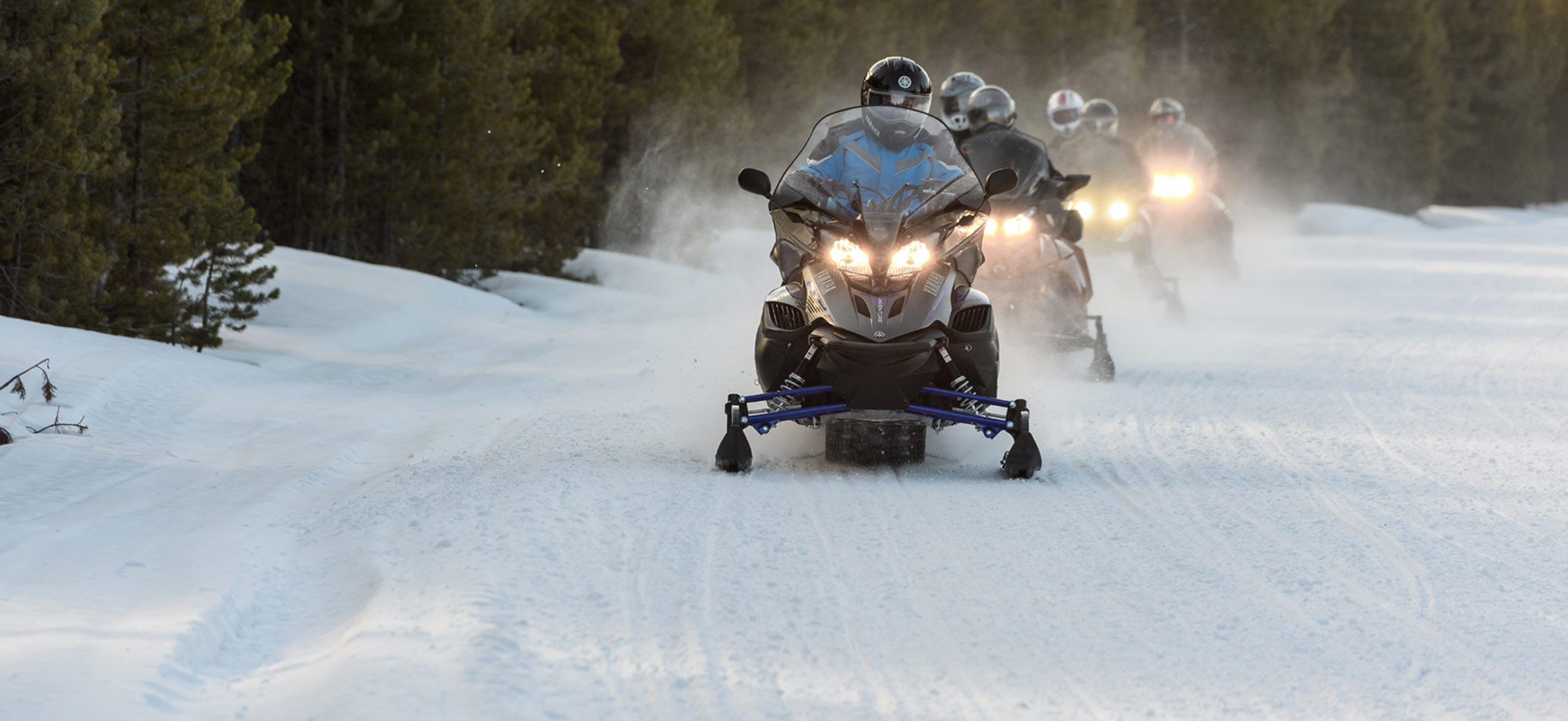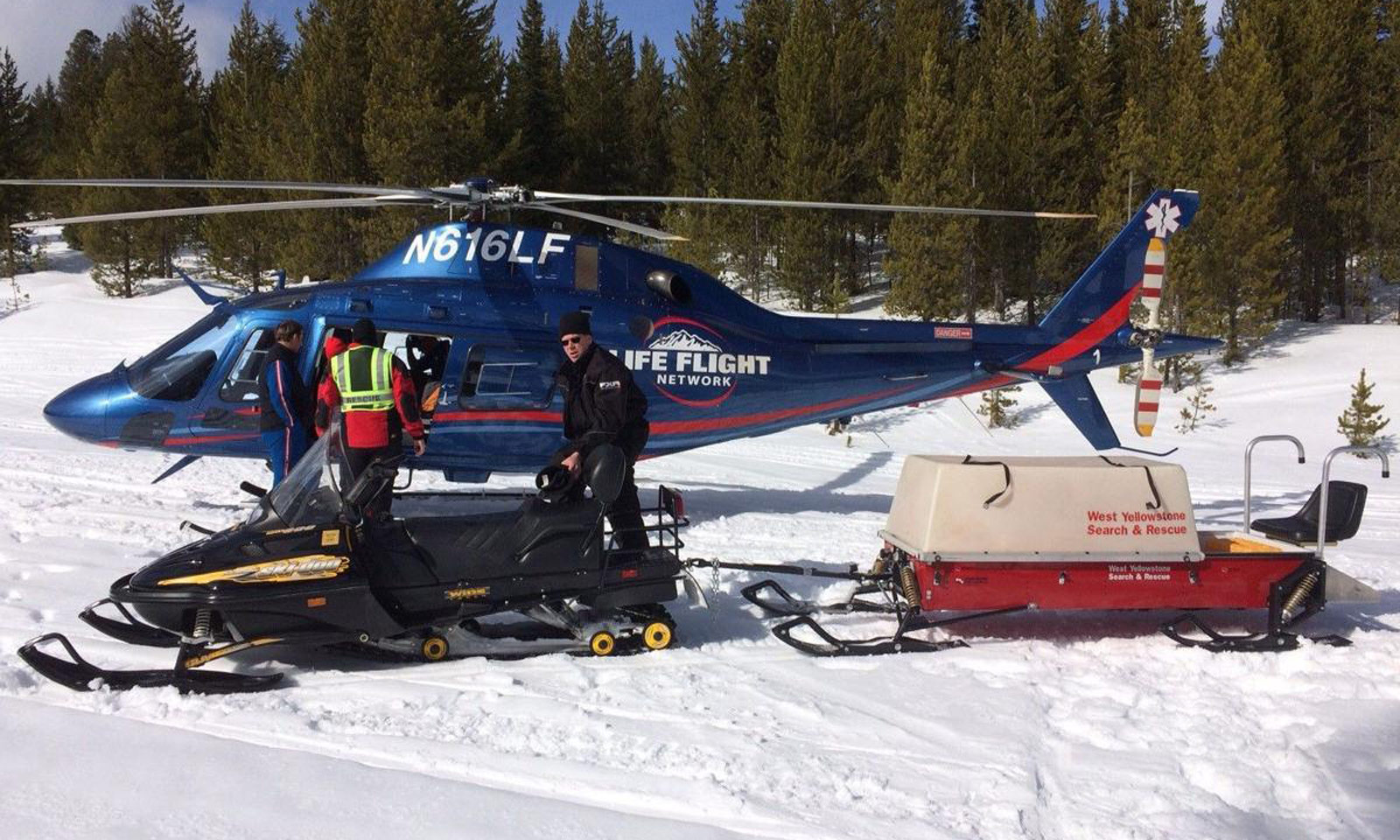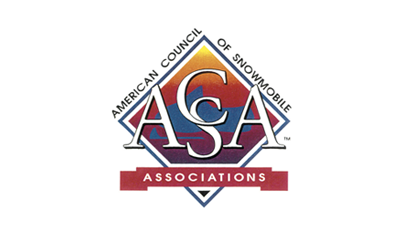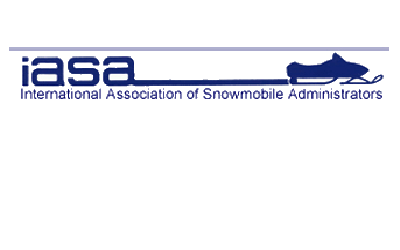Injuries
Sometimes accidents and injuries occur on your ride. Learn the steps necessary to properly handle those situations and how to properly identify and treat common injuries.
Click the curriculum tab to begin this course section.
Injuries
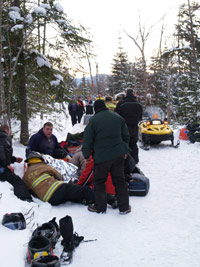
If there is no phone service, send someone for help immediately. If the injured victim is awake and responsive, ask them to tell you what is wrong. If what they say makes you suspect a spinal injury, do not move the victim since moving them could risk injuring them further. If the victim is not responsive, always presume they may have a spinal injury and never move them.
Use your first aid kit and follow these guidelines whenever dealing with injured persons:
- Always remain calm
- Don't overstep your abilities or training—you should take at least a basic first aid and CPR course to help you be better prepared in the event of an emergency
- If there is major bleeding, apply direct pressure to the wound to help slow or stop it
- Evaluate the victim for shock, which could occur immediately following a crash, anytime a victim is or was unconscious following blunt trauma or severe jarring of the body, or if a person has broken bones
- Stabilize the injured person and keep them as dry and warm as possible
- Don't move an unconscious victim unless there is no alternative
- Don't attempt to set broken bones
- Don't allow an injured person to drink alcohol since it causes the body to lose heat and can induce hypothermia; alcohol could also cause complications for medical staff who later have to treat the victim
- Don't take any drugs or medications; this decision should be deferred to medical professionals
Shock
To treat shock, have the victim lie flat on their back with their legs elevated, keep them warm by covering them with extra clothing or blankets.
Frostbite
Frostbite occurs when your skin actually freezes. It can be prevented by wearing proper clothing and ensuring protective gear like helmets, face shields, and facemasks cover all skin when riding.
It is important to recognize warning signs and promptly take action. Watch others in your group for exposed skin that shows signs of discoloration. Also beware of your own skin becoming numb or having a burning sensation.
If skin becomes frozen, allow it to warm slowly and do not let it refreeze once it has warmed. Never rub the skin with frozen snow. Seek medical attention as soon as possible.
Hypothermia
Hypothermia occurs when there is loss of body heat to a point the body can no longer generate its own heat, or when heat escapes the body faster than what the body can generate. The first signs of hypothermia are uncontrollable shivering and slurred speech, which is followed by delirium and unconsciousness. A person can die if hypothermia is not promptly treated.
Warming the victim is the only treatment for hypothermia, so begin warming them immediately once they begin to show signs. Do whatever you can to get the victim warm by building a fire, hugging them, huddling close together, or wrapping yourself together with them in a blanket or sleeping bag. You should absolutely never give alcohol to a victim of hypothermia.
